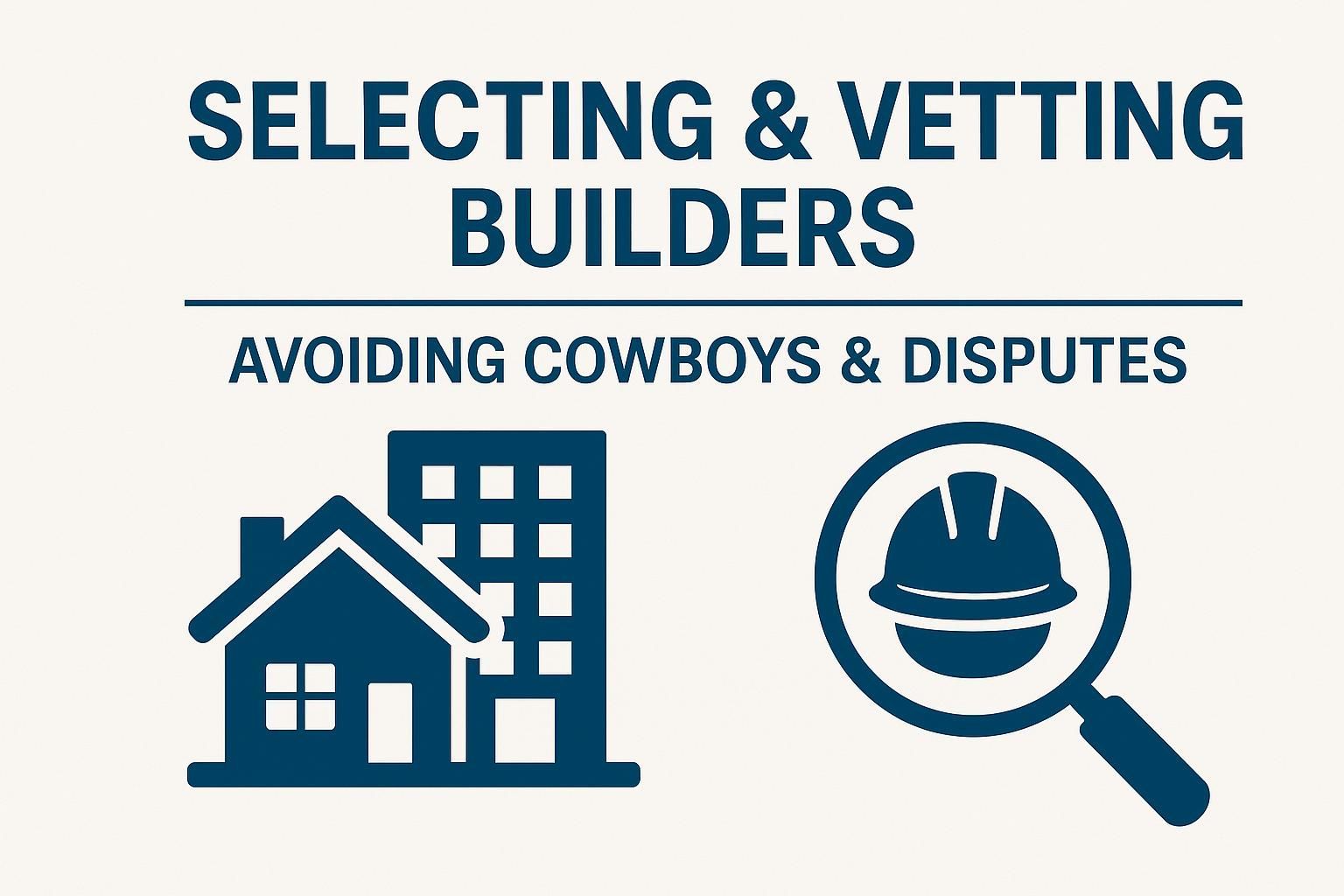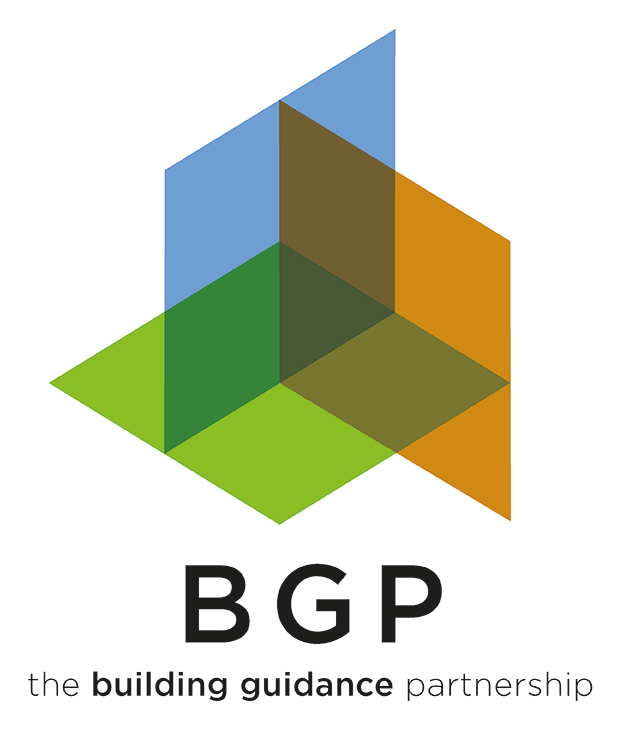Bringing the “Golden Thread” to Small Residential Projects—Why Every Build Should Be Documented Like the Best
Applying Big-Build Safety and Accountability to Small Residential Projects for a Smoother, More Transparent Process

Introduction
The “golden thread” is a concept from the Building Safety Act, designed to ensure that information about a building is created, kept, and shared throughout its lifecycle. It might have been developed for large buildings over eighteen metres and six stories high, but its principles are just as relevant for smaller residential projects. At the Building Guidance Partnership, we believe every homeowner can benefit from a structured, clear, and comprehensive documentation approach to their projects—no matter the size. Let’s explore why the “golden thread” matters even in your home renovation or build.
What is the Golden Thread?
The “golden thread” is a system of keeping key information safe and accessible throughout the design, construction, and operational phases of a building. It’s about accountability, transparency, and ensuring that every aspect of a project is recorded, shared, and retained so that everyone involved—now and in the future—has a clear understanding of what’s been done.
This approach, while initially aimed at improving safety for larger residential blocks, offers enormous benefits to smaller projects too. From avoiding costly mistakes to ensuring clarity on decisions, the golden thread is a game-changer for managing projects of any size.
Benefits of Adopting a Golden Thread Approach for Smaller Projects
• Clear Communication with Contractors: By maintaining thorough records, including design changes, materials used, and safety considerations, communication becomes much easier. There’s a single source of truth that helps prevent misunderstandings and mistakes.
• A Record for the Future: Renovation or construction decisions made today might be relevant years down the line. Whether for maintenance, future modifications, or even when selling a property, having that information accessible saves time and money. For instance, when adding an extension later, knowing exactly where wiring or insulation is located could make a massive difference.
• Safety and Compliance: Though smaller residential projects may not have the stringent safety regulations of larger buildings, safety should never be an afterthought. Using a golden thread means every aspect, from fire safety to structural changes, is well-documented and easily accessible if needed. It gives the homeowner confidence that safety was prioritised at every step.
Avoiding Costly Surprises During the Build
A golden thread can help prevent those “I didn’t know that” moments. When all changes are documented, and there’s a clear plan with accountability at each step, surprises are reduced. Whether it’s a contractor being unaware of specific structural requirements or unforeseen costs arising from poor documentation, the golden thread helps to reduce these unpleasant surprises.
Improving Project Handover and Completion
One of the challenges many homeowners face is the project handover—ensuring everything is complete and complies with regulations. Adopting a golden thread approach means that all documents related to compliance, warranties, safety, and more are in one place. This means you have full confidence at completion, knowing the project is safe, compliant, and built to the agreed-upon specifications.
A Golden Thread in Practice—How It Works for Small Builds
For smaller residential projects, a golden thread approach doesn’t need to be complex. It simply involves setting up a shared digital location where all essential documents are stored, updated, and reviewed.
What to Include in Your Golden Thread:
• Design Drawings: Including initial plans, any changes, and the final version.
• Materials Used: A list of critical materials and suppliers. This could come in handy when replacements or repairs are needed.
• Compliance Certificates: Keeping everything related to building regulations, electrical inspections, gas safety, etc.
• Decisions and Changes: Documenting why specific decisions were made, such as changing materials or adapting a design, helps future-proof the project.
• Photographic Record: Taking photos during key stages of the build—like after wiring or plumbing is installed but before walls are closed—can save headaches later.
Embracing a Culture of Transparency and Quality
The golden thread isn’t just a document management system; it’s a mindset. It’s about valuing transparency, detail, and quality in every aspect of a project. Even if your renovation is modest—a kitchen extension, loft conversion, or garage build—applying this philosophy means you’re ensuring the work is done right, recorded, and reviewed. It’s the confidence that nothing’s been missed.
How BGP Can Help
At the Building Guidance Partnership, we believe that the principles of the golden thread are essential tools in every build, regardless of scale. By using this approach in smaller residential projects, we’re empowering homeowners with the same level of oversight, safety, and quality that major developments get. We coach our clients to create, manage, and understand their golden thread, making the renovation journey smoother, more predictable, and ultimately more successful.
Conclusion
The golden thread may have started for large buildings, but we see its potential for every home. It’s about keeping your build on track, minimising surprises, and having everything you need now and in the future. So, why not bring some of that “big project” safety and clarity into your home project?
If you’re considering a renovation or build, reach out to us. We’ll show you how applying the golden thread can turn a potentially overwhelming process into one that’s clear, documented, and stress-free.



